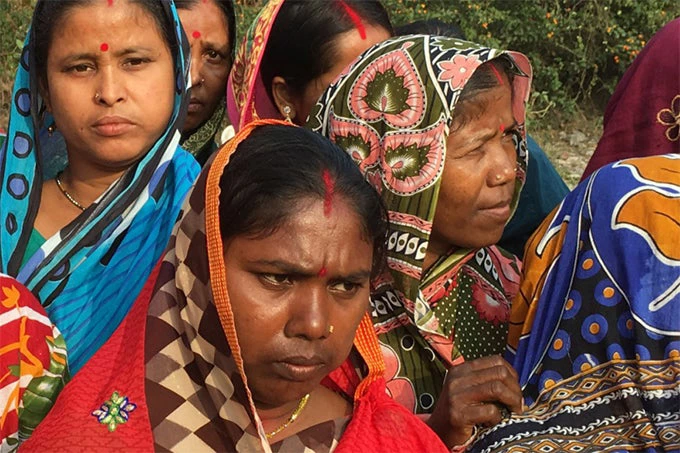
In June 2013, a heavy deluge caused devastating floods and landslides in the state of Uttarakhand located in the Himalayan foothills. The disaster – the worst in the country since the 2003 tsunami—hit more than 4,200 villages, damaged 2,500 houses, and killed 4,000 people.
Since 2013, the Government of Uttarakhand with support from the World Bank and the Global Facility for Disaster Reduction and Recovery (GFDRR) has helped the people of Uttarakhand restore their homes, build better roads, and better manage future disaster risks through the Uttarakhand Disaster Recovery Project ( UDRP).
Central to the project is rebuilding 2,382 houses that are more resilient to disasters. The project has promoted an owner-driven housing reconstruction model, whereby beneficiaries rebuild their houses on their own with technical and social support from a local NGO, using guidelines issued by the project for disaster resilient housing.
Watch how we’ve helped build safer houses for the people in Uttarakhand:
Building Safer Houses in Northern India
Explore more:
- Disaster will strike again… by Onno Ruhl
- I Will Construct My House Myself by Deepak Malik
- Gender Inclusion in Post-Disaster Housing Reconstruction in India


Join the Conversation